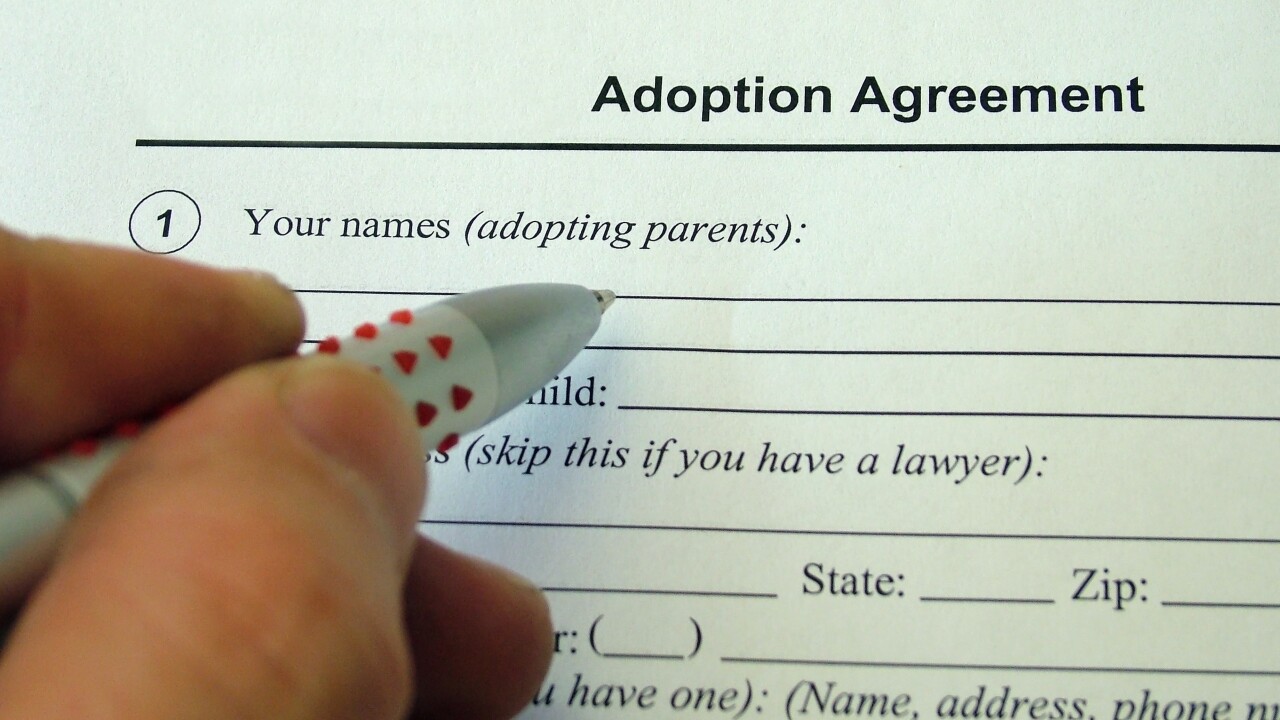Early in my career, I was doing well at a midsized accounting firm. But one thing struck me as absurd. There was constant pressure on my team and me to hit a certain number of billable hours — a lot of billable hours! In effect, the longer it took us to get our work done, the more we were rewarded. And if we got an assignment done too quickly, we were reprimanded and usually given more work to fill up our hourly billing quota.
Many of you are nodding your head in agreement. But this billable-hour mindset discouraged my team from adopting new technology and processes that would make us more efficient. So, we ended up doing things the same way month after month, quarter after quarter, and as you can imagine, burnout eventually prevailed.
Innovation is inherently disruptive. Implementing new technologies or new systems takes longer at first. Eventually, you get faster — a lot faster — but not right away. In other words, if you don't give innovation the space it needs to develop, you'll never realize efficiency gains. That was the other problem with billable-hour quotas. There wasn't enough slack in our schedules to try new things in a meaningful way.
I got so frustrated by my firm's mindset that I eventually left accounting for a tech company where things moved at lightning speed. The primary goal was to get stuff done. Nobody cared how long it took. Without the constraints of time tracking, we achieved a lot.
The other problem with accounting firms is that too many think "burning the candle at both ends" is a badge of honor, not a mental (and physical) health risk. It rewards the lower performers at the firm who take longer to do the same amount of work that the high performers do quickly. Encouraging your team to rack up billable hours isn't fair to clients either. You really shouldn't be charging them the same hourly rate when you're exhausted at the end of the day than you charge for work done in the morning when you're at peak efficiency.
Under an hourly model, partners have a similar challenge. Much of their compensation is based on how many billable hours their teams rack up. They're measured on how much top-line revenue they bring in, not on how much profit they generate. At the accounting firm, my team took on a lot of work that wasn't particularly profitable, and much of our effort was wasted. At my former firm, I asked my boss if we could switch my team's performance compensation from hours to "revenue under management." The idea was to allocate income to teams of three to four people who were responsible for a book of business. I was very proud of that plan and I presented it to my higher-ups. Alas, it went nowhere.
My boss told me the firm was so deeply entrenched in the hourly billing system that it would be too hard to pivot. He didn't even want to test revenue under management as a pilot program to see if my idea had potential. Every service line at the firm had to report its hours to a department head whose compensation was directly tied to their team's billable hours.
Fortunately, my friends at Tri-Merit Specialty Tax Services conduct an annual CPA Career Satisfaction Survey to address some of these legacy issues. Their data confirmed that less than half (48%) of accountants working at firms still charging by the hour were highly satisfied in their careers compared to 55% who worked at firms using value billing and 75% working at firms using subscription pricing. The data tells us not only are clients more satisfied with a firm's work when they're billed based on outcome rather than hours, but so are the staff members who do the work.
Real-world examples
Let's say a client asks you a question via email. In the past, you could charge them for the time it took to read their question thoroughly (15 minutes), to do the research (30 minutes), and to write them an email response or explanation (15 more minutes). That was roughly an hour of billable time. But now, in your email program, you can ask AI to analyze the client's question, and it finds the answer in a matter of seconds by scouring the Tax Code at lightning speed. All you had to do was review the summary that AI came up with to make sure it was correct. Then you send it back to the client. Are you going to bill the client for just 15 minutes? Of course not.
The same goes for writing a tax memo. Doing an advanced analysis might take dozens of hours and you could bill thousands of dollars. But with AI, the initial research time could be virtually eliminated. So, are you not going to bill for that? That's where fixed fees, value pricing and subscriptions come in. It's all about delivering positive outcomes to clients and it shouldn't matter to your client (or your partners) how long it took you to deliver that positive outcome.
My new book,
Making the same mistakes as aspiring musicians
As some of you know, I was a classical musician before becoming an accountant. When I first entered accounting, I was astounded by my colleagues' preoccupation with racking up billable hours. I wondered how the quality of their work could be maintained when they were eight or nine hours into an 11-hour day. I discovered that many of them were not actually working those long hours. Instead, several told me they kept a "secret timesheet." All of their clients were listed on the sheet, with the total number of firmwide billable hours budgeted for that client and each accountant's share of those hours. Every day, they'd fill in the number of billable hours they put in for that client. At the end of the week, if they were over the budgeted time, they adjusted the numbers downward for that client and allocated those hours to other clients when they submitted their timesheets to management. This practice remains more widespread than you would think. Staff accountants got so tired of being punished for going over their time budget and for having to explain themselves that they just fudged the numbers. So, the billable hours aren't real and have no impact on a successful or unsuccessful client outcome.
It's no secret that our profession is facing a staffing crisis. Millennials and Gen Z often prioritize the value of work-life balance and flexibility over money. They want to be rewarded for doing great work, not for racking up 60-plus billable hours every week just to climb the corporate ladder.
As artificial intelligence streamlines many accounting tasks, clinging to hourly billing will become increasingly unsustainable. The future belongs to firms that adopt fixed-fee, value-based pricing and that align their staff compensation accordingly.
Making the transition to a subscription-based model is key to building a sustainable, modern firm. But this transition will fail if performance management remains tied to billable hours. Firms must align their team compensation with how they bill clients.
The good news is that a flexible, remote-friendly staffing model with a "book of business" compensation structure can be a powerful tool for attracting and retaining diverse talent. It can be especially attractive to working parents and to others who need greater flexibility in their workday. By valuing staff contributions beyond billable hours, firms can tap into a deep pool of skilled professionals that traditional firms often overlook or push away.
So, there you have it. You can go back to filling out timesheets, or you can build the practice of your dreams. The choice is yours. If you have another billing model that's working for you,





